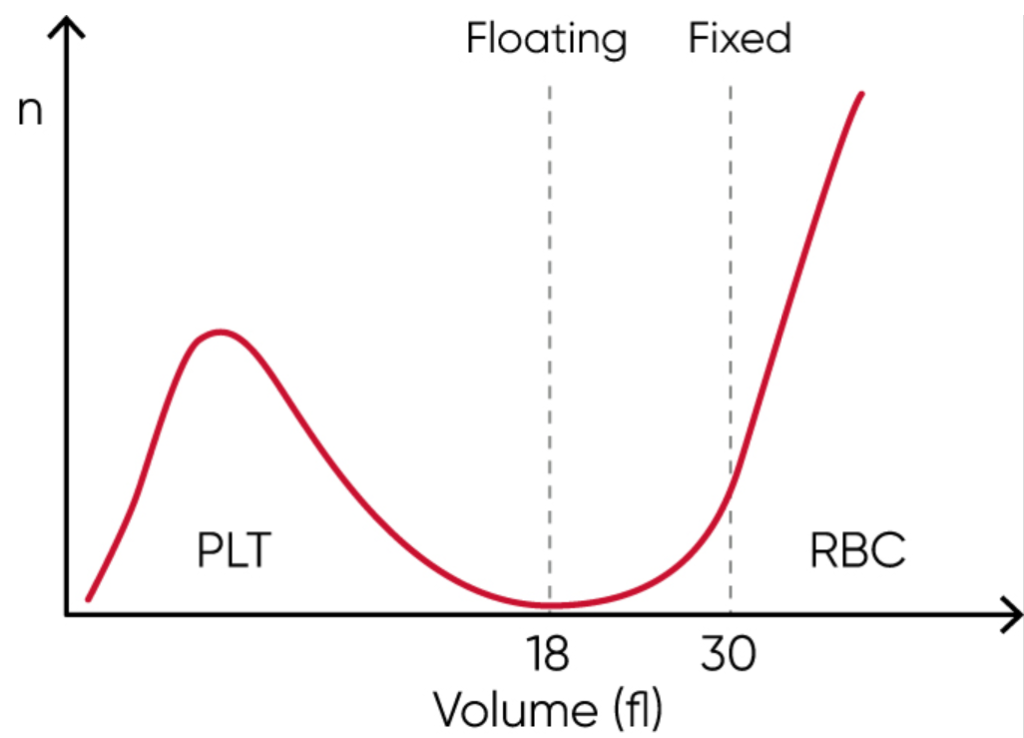RBC indices can be useful in identifying thalassemia, and several indexes have been suggested for discriminating between thalassemia and iron deficiency anemia (IDA).
Differentiating thalassemia from iron deficiency anemia
Iron deficiency is the most common cause of anemia and arises when the body’s intake and storage of iron is insufficient to fully support erythrocyte production (1, 2). Thalassemia is another cause of anemia, with 50% of the world’s cases in Southeast Asia (3). In Pakistan, thalassemia is the most common inherited disorder, with an estimated frequency of occurrence of 5%–7% (3, 4). Both iron deficiency anemia (IDA) and thalassemia are manifested as microcytosis and hypochromia, with low hemoglobin concentration as a result. However, while IDA is a nutrient disorder that can be treated with iron supplementation, thalassemia is an inherited disorder that lacks management protocol and for which blood transfusion is a mainstay of treatment (4, 5). The ability to differentiate IDA from thalassemia is important, as blood hemoglobin will not be improved by iron supplementation in thalassemia patients (6). Together with determination of, for example, serum iron levels, RBC indices can be of good help (3, 6). Many formulas that include the RBC indices have been suggested to discriminate thalassemia from IDA (Table 1), of which RDW index (RDWI) followed by Mentzer index have been found to provide the highest rate of correctly diagnosed patients (3, 6).
